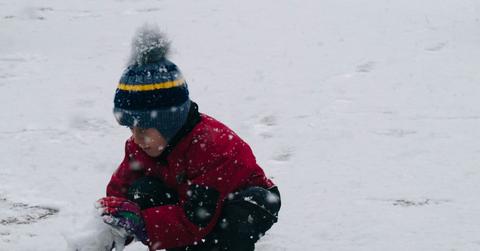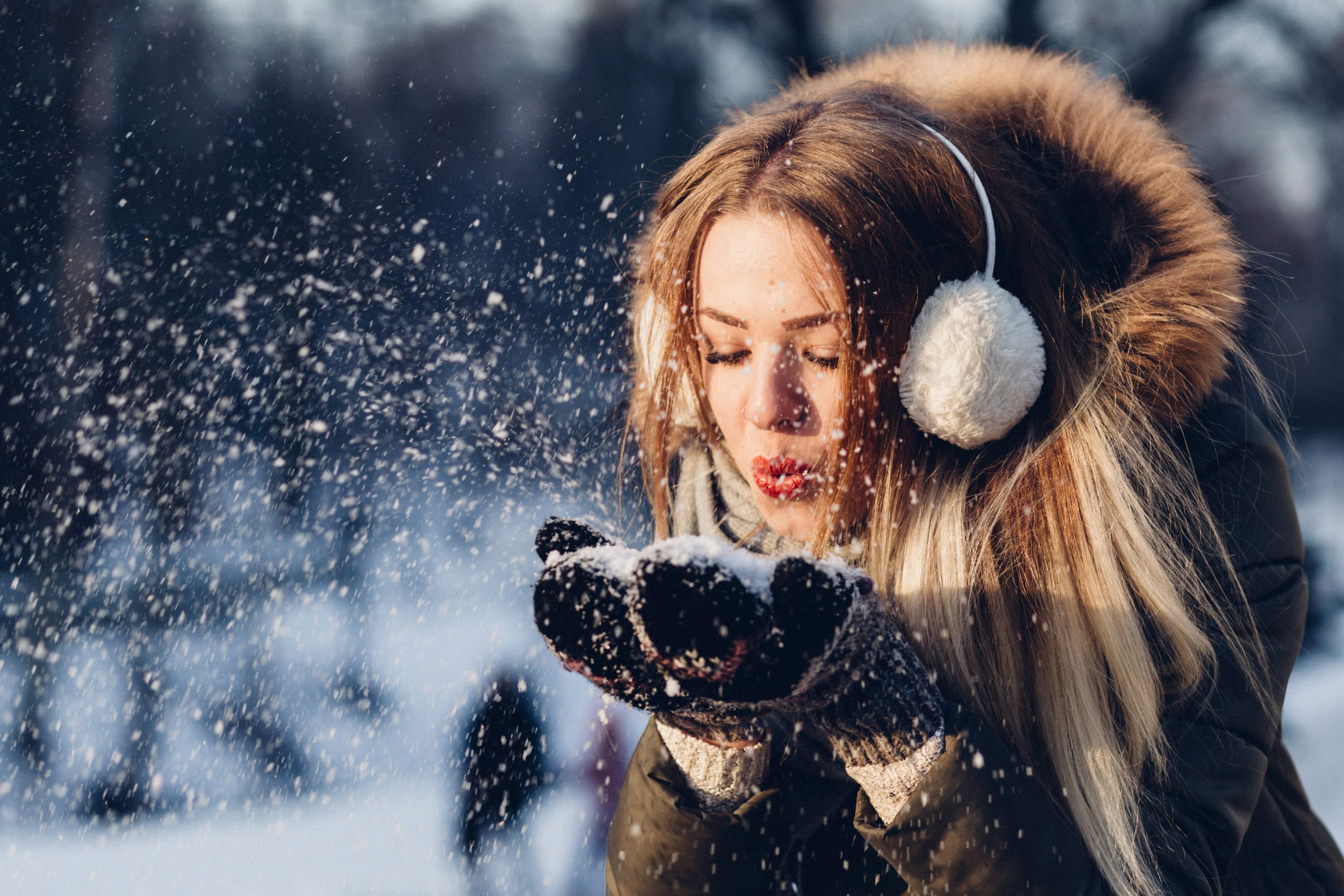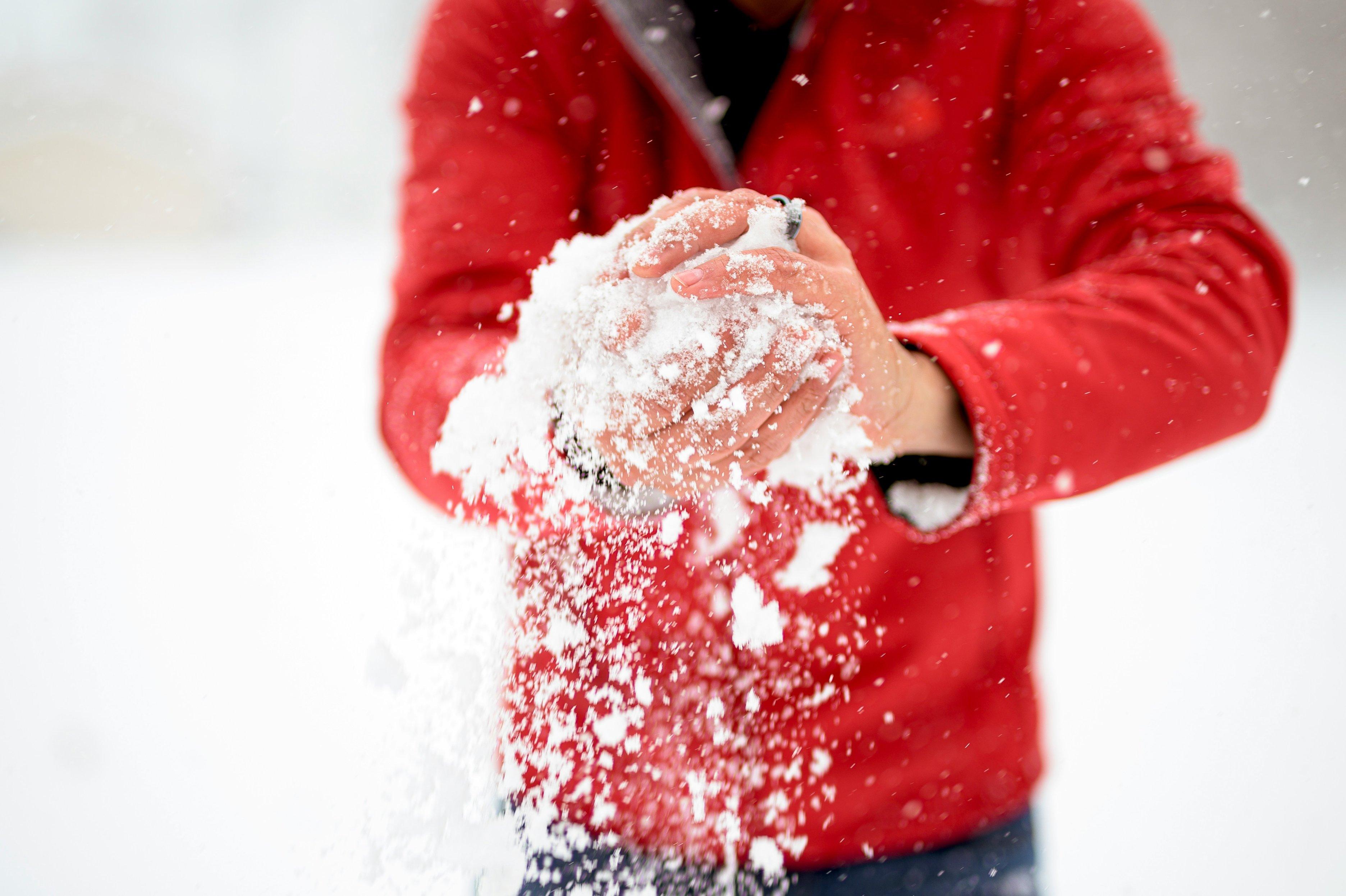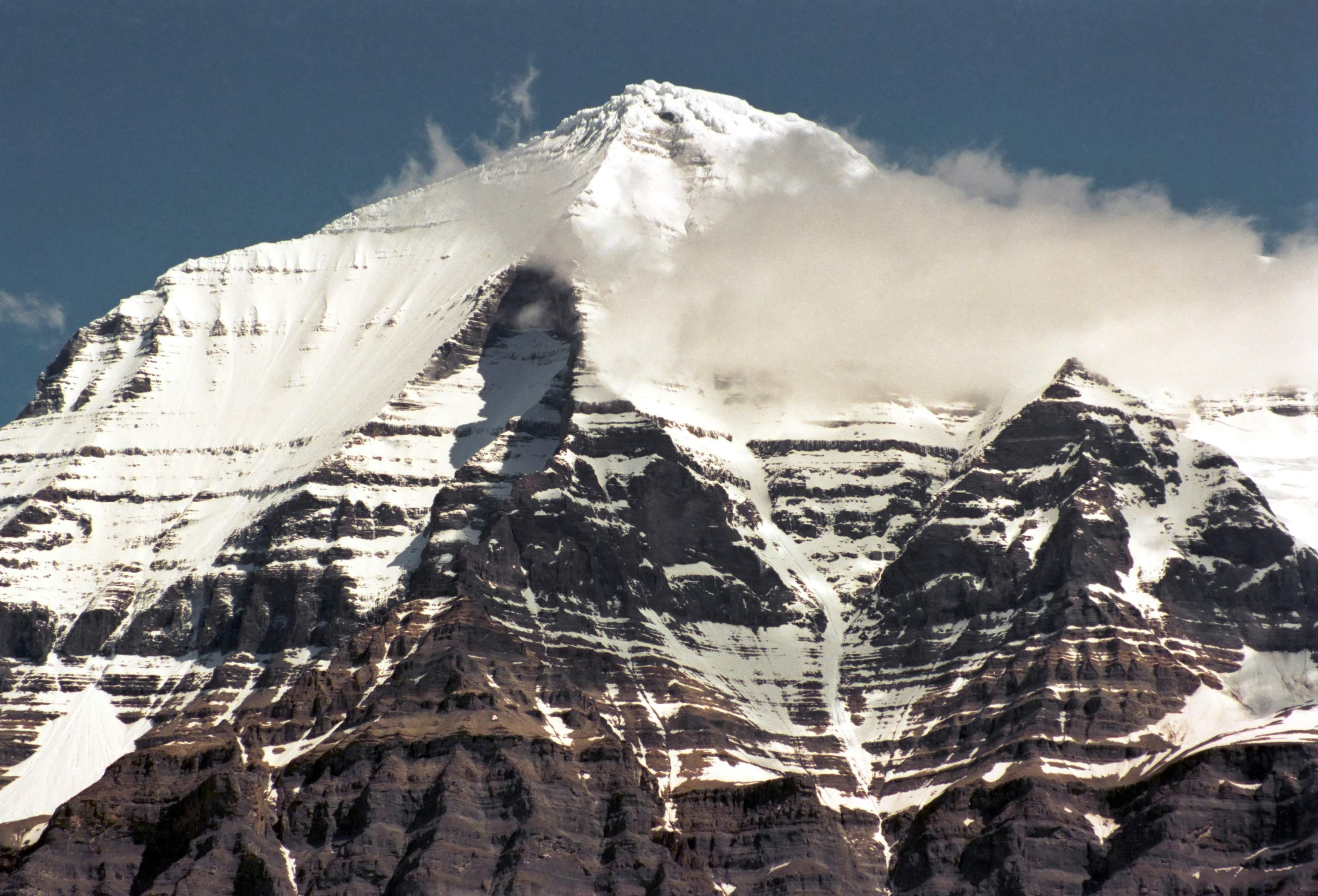Is It Safe to Eat Ice Cream Made of Snow? Here’s What to Know
Snow cream is a beloved tradition in parts of the U.S.
Published Jan. 13 2025, 4:18 p.m. ET
Eating ice-based desserts and homemade frozen treats in the summer season to cool down is a time-honored tradition enjoyed by many throughout the U.S. However, did you know that in some parts of the country, there's a similarly beloved tradition of making homemade ice cream with snow in the winter season?
If you live in one of the areas of the U.S. expecting massive snowfall totals this winter, you may be wondering if you can partake in the tradition of making so-called "snow cream," too.
You're not alone if you are concerned about using snow from the front yard to make homemade ice cream. Therefore, here's what you should know regarding the degree of safety if you would like to make homemade ice cream using snow from outside your home.
Is snow ice cream safe?
Experts say it is likely safe to consume snow ice cream. According to NPR, snow is historically one of the first sources of food that humans found in the wild.
In modern times, consumers are concerned about atmospheric pollutants and pesticides in yards where fresh snow may become hazardous to consume.
Per AccuWeather, if you live in a large metropolitan city (pollutants from cars and buildings) or a rural area (agricultural chemicals) the risk for danger in consuming snow is something to consider.
"Any snow has the risk of containing pollution, dirt and microbes," Mayo Clinic Health System physician Jennifer Johnson tells AccuWeather. "Snow that has been on the ground for a couple of days may have chemicals from snow removal, dirt, microbes from the dirt and animal debris."
According to University of Arkansas chemistry professor Jeff S. Gaffney, as snow falls, it picks up pollutants contained within the atmosphere. However, University of Saskatchewan researcher John Pomeroy suggests waiting a few hours after the snow has fallen, at which point the snow may be safer to consume.
"That being said, I would not hesitate for my children to have the joy of eating a handful of fresh fallen snow from my backyard," Oregon State University professor of environmental and toxic ecology Staci Simonich tells NPR. "Because the pesticide concentrations are low and the amount of snow eaten in a handful is small, so the one-time dose is very low and not a risk to health."
Where did snow ice cream come from?
According to Atlas Obscura, making homemade snow ice cream, or "snow cream," is a tradition in the southern states of the U.S. Rather than taking a bite of a snowball from two outstretched, gloved hands, the traditional recipe for "snow cream" sounds a lot tastier: fresh snow, mixed with three eggs, vanilla, and sugar.
Here's how to make snow ice cream:
According to Atlas Obscura, the easily veganized modern recipe looks like snow, milk, and vanilla extract, with optional flavor additives such as cocoa, lemon, or coconut. Young children may enjoy food coloring to make "snow cream" more visually enjoyable.
The snow you select for your frozen treat should be fluffy, not packed so tightly that it makes it difficult to eat, and will have fallen a few hours prior, which allows for cleaner snow than more pollutant-rich freshly-fallen snow.
Why can't you eat snow on a mountain?
Dr. Graham Brant-Zawadzki told the University of Utah's Who Cares About Men's Health? Podcast that if you have become dehydrated, consuming snow on a mountain would require so much more energy within the body that it may work in opposition to the energy you need to make it to safety.
"You'd need to eat about...8 to 10 quarts of snow to meet the same amount of just liquid water," he said, adding that your body burns precious energy working to melt the snow so that it is drinkable water.



